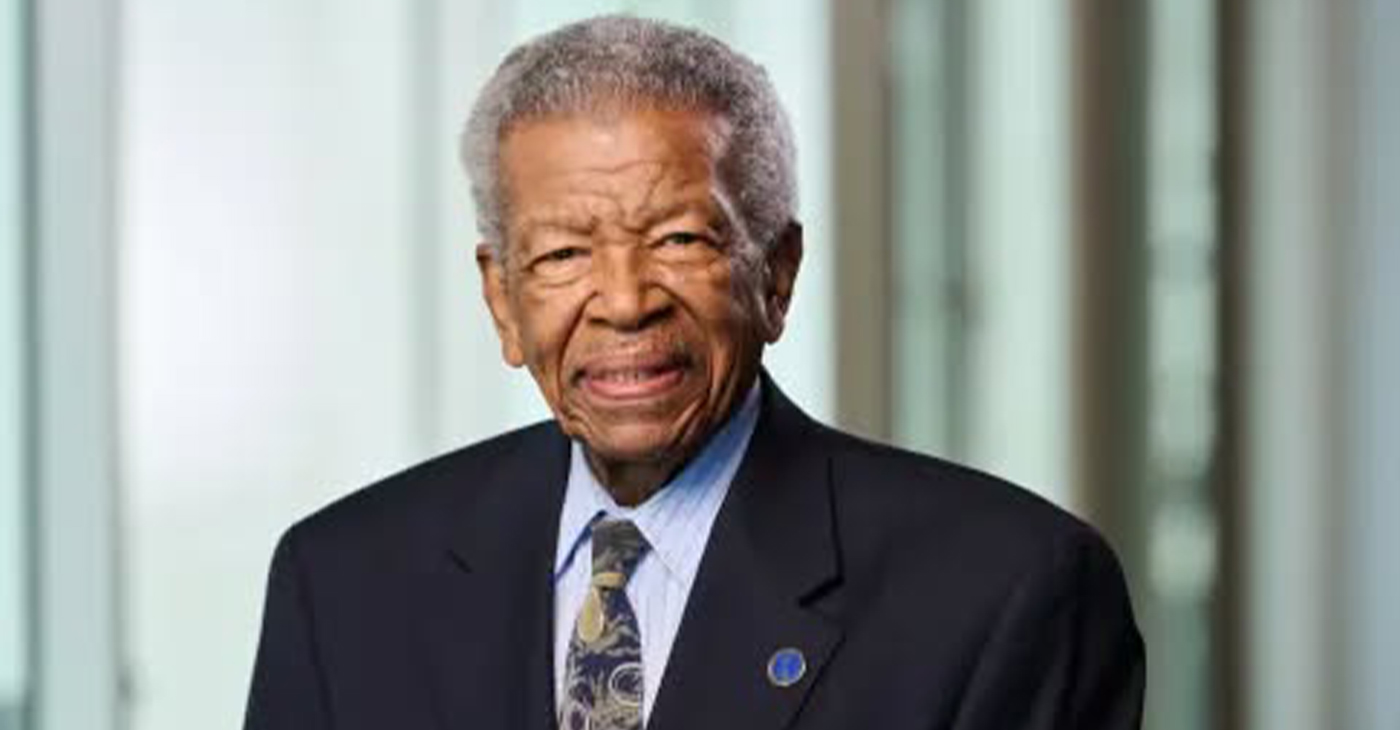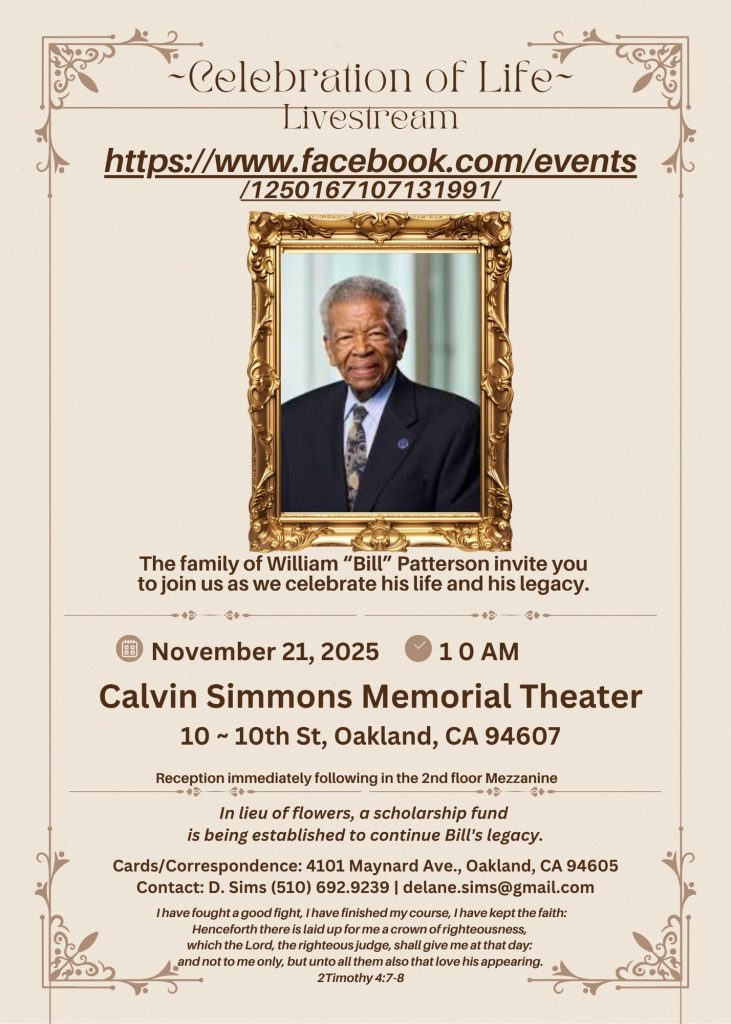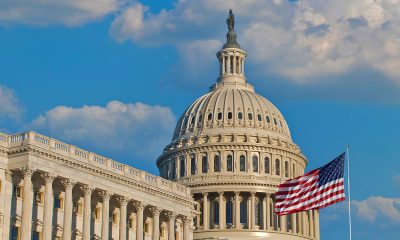Black History
COMMENTARY: Are we forgetting 400 years?
FLORIDA COURIER — This milestone 400th anniversary year of the single incident that began the relationship for the next four centuries among Africans, English, and Native Americans.
As Black History Month (BHM) 2019 begins, we might easily find ourselves simultaneously gratified, impressed, and nearly overwhelmed by the rich smorgasbord of programs and activities taking place in South Florida alone (diligently compiled by the Miami-Dade Office of Black Affairs and other sources).
This reflects a rapidly-growing availability of previously lost and hidden information steadily coming to light in this new day ‒ or what Native American First Nations people have recognized as a “Time of Awakening,” from which there is no escape or going back to past ignorance.
This year, for example, many are learning for the first time this year that February 1, the anniversary of the 13th Amendment officially ending legal slavery in the U.S. in 1865, is officially National Freedom Day, signed into law in 1948 by President Truman to celebrate the freedom enjoyed by all Americans. This is thanks to the dedicated efforts of Major Richard Robert Wright.
Pushed for recognition
Wright was born into slavery in Georgia in the 1850s. After a distinguished military career and numerous remarkable achievements in education and business, he launched his campaign in 1941 to establish the holiday – a fitting beginning of Black History Month.
However, just as this rapidly increasing knowledge and awareness might make this year’s BHM the most empowering ever, enhanced by the 2019 National Black History Theme of “Black Migrations,” there is a striking absence in virtually all of the programs listed on this full calendar of any reference to one of the most significant Black migrations of all time.
That is the fateful 1619 arrival from Ndongo, Angola, West Africa 400 years ago of the first “20 and odd” captive Africans to be brought into British-occupied Native North America, at Point Comfort, Virginia (not Jamestown, as is usually reported).
Their arrival notably occurred more than a year “Before the Mayflower” (the title of Lerone Bennett Jr.’s classic study of America’s Black history), but also more than a century after the first Africans of the modern era, free and enslaved, had come to the Spanish-claimed territory of Florida peninsula and other coastal settlements (including one which was destroyed by a slave revolt).
Note that there are much earlier documented African arrivals in the Americas centuries before Columbus, or the African presence among Indigenous peoples long before then.
More than one incident
In that larger historical and geographical context, the storied landing of a few Africans brought to a remote British North American outpost on the ship “White Lion” might seem to be almost insignificant, considering how commonplace such human trafficking had become since the early 1500s under Spanish and Portuguese flags.
(In case you didn’t know, the White Lion’s captain had stolen these same Africans from a Spanish vessel which he attacked and raided, and then sold the captives to the English settlers as commodity in exchange for food and supplies.)
That very point about context is convincingly made in Dr. Michael Guasco’s September 2017, article in Smithsonian magazine, cautioning against the dangers of overemphasizing the single 1619 incident at the expense of ignoring how much equally or more important history preceded, surrounded, and followed it.
Even without that caveat, other factors have already long been in play which serve to downplay the importance of those particular African men and women’s arrival in the Virginia colony.
On the one hand, many thoughtful observers astutely refuse to give undue importance to historical occurrences which become emphasized as parts of “his-story,” presented and defined by the settlers’ perspectives only.
On the other hand, there is also the inescapable factor of traumatic pain and unhealed psychic wounds associated with such stories which lead many African descendants to prefer not to be reminded of them, even though they continue to haunt our every hour ‒ whether we acknowledge them or not.
Knowledge empowers us
And that becomes the most important point today. “Knowledge is power,” and we are all certainly more empowered by knowledge of the collective history which has played such a prominent role in making us who we are today than by ignorance ‒ or worse yet, myths, lies, and propaganda ‒ calculated to disempower us.
This milestone 400th anniversary year of the single incident that began the relationship for the next four centuries among Africans, English, and Native Americans in North America is the ultimate “teachable moment,” an opportunity not to be missed, especially in this Time of Awakening when information abounds, and a new generation is coming of age as yet another is being born.
A quadricentennial only comes once. Only the present generations can gather and preserve historical facts that were either unavailable or too painful for those before us, and may well be lost and forgotten forever if we do not pass them on to those who come after us.
Among the most important facts of 1619 ‒ even more than knowing what those Africans and the millions who came after them, both on ships and as descendants for the next 400 years contributed to the building of the nation that we know today ‒ is the knowledge of who those first surviving Africans (like all others to follow) were.
What happened?
What did they feel upon their arrival in this strange place? How did they interact with one another and with the English settlers and the Native Nations which surrounded them? What indelible marks did their lives-that-mattered make on the society of which they were an integral part, regardless of what social status the settlers attempted to force upon them?
By going back to this beginning, without forgetting and by including that larger historical and geographic context around those 20-plus first Africans in British-occupied North America, we take full advantage of the proverb, “The past is present, the future is now.”
Yesterday is not tomorrow, which will be largely defined by what we do. As products of our ancestral past, what we do with our knowledge in the present moment shapes the future of our next generations.
This is why this milestone 400th year adds so much power and significance to all of our various inspired Black History Month and year-round activities. This is why each of these activities will benefit us and their audiences by including prominent public mention and recognition of this anniversary. Conversely, we will lose a precious and invaluable opportunity forever by not doing so.
***
Dinizulu Gene Tinnie is a South Florida-based artist, activist and historian. Click on this commentary at www.flcourier.com to write your own response.
This article originally appeared in the Florida Courier.
Activism
Oakland Post: Week of November 26 – December 2, 2025
The printed Weekly Edition of the Oakland Post: Week of November 26 – December 2, 2025

To enlarge your view of this issue, use the slider, magnifying glass icon or full page icon in the lower right corner of the browser window.
Activism
Oakland Post: Week of November 19 – 25, 2025
The printed Weekly Edition of the Oakland Post: Week of November 19 – 25, 2025

To enlarge your view of this issue, use the slider, magnifying glass icon or full page icon in the lower right corner of the browser window.
Activism
IN MEMORIAM: William ‘Bill’ Patterson, 94
Bill devoted his life to public service and education. In 1971, he became the founding director for the Peralta Community College Foundation, he also became an administrator for Oakland Parks and Recreation overseeing 23 recreation centers, the Oakland Zoo, Children’s Fairyland, Lake Merritt, and the Henry J. Kaiser Convention Center.

William “Bill” Patterson, 94, of Little Rock, Arkansas, passed away peacefully on October 21, 2025, at his home in Oakland, CA. He was born on May 19, 1931, to Marie Childress Patterson and William Benjamin Patterson in Little Rock, Arkansas. He graduated from Dunbar High School and traveled to Oakland, California, in 1948. William Patterson graduated from San Francisco State University, earning both graduate and undergraduate degrees. He married Euradell “Dell” Patterson in 1961. Bill lovingly took care of his wife, Dell, until she died in 2020.
Bill devoted his life to public service and education. In 1971, he became the founding director for the Peralta Community College Foundation, he also became an administrator for Oakland Parks and Recreation overseeing 23 recreation centers, the Oakland Zoo, Children’s Fairyland, Lake Merritt, and the Henry J. Kaiser Convention Center.
He served on the boards of Oakland’s Urban Strategies Council, the Oakland Public Ethics Commission, and the Oakland Workforce Development Board.
He was a three-term president of the Oakland branch of the NAACP.
Bill was initiated in the Gamma Alpha chapter of Kappa Alpha Psi Fraternity.
In 1997 Bill was appointed to the East Bay Utility District Board of Directors. William Patterson was the first African American Board President and served the board for 27 years.
Bill’s impact reached far beyond his various important and impactful positions.
Bill mentored politicians, athletes and young people. Among those he mentored and advised are legends Joe Morgan, Bill Russell, Frank Robinson, Curt Flood, and Lionel Wilson to name a few.
He is survived by his son, William David Patterson, and one sister, Sarah Ann Strickland, and a host of other family members and friends.
A celebration of life service will take place at Henry J. Kaiser Convention Center (Calvin Simmons Theater) on November 21, 2025, at 10 AM.
His services are being livestreamed at: https://www.facebook.com/events/1250167107131991/
In lieu of flowers, donations can be made to the Euradell and William Patterson scholarship fund TBA.

-

 Activism4 weeks ago
Activism4 weeks agoOakland Post: Week of November 12 – 18, 2025
-

 Activism3 weeks ago
Activism3 weeks agoIN MEMORIAM: William ‘Bill’ Patterson, 94
-

 Activism4 weeks ago
Activism4 weeks agoHow Charles R. Drew University Navigated More Than $20 Million in Fed Cuts – Still Prioritizing Students and Community Health
-

 Bay Area4 weeks ago
Bay Area4 weeks agoNo Justice in the Justice System
-

 #NNPA BlackPress3 weeks ago
#NNPA BlackPress3 weeks agoLewis Hamilton set to start LAST in Saturday Night’s Las Vegas Grand Prix
-

 #NNPA BlackPress3 weeks ago
#NNPA BlackPress3 weeks agoBeyoncé and Jay-Z make rare public appearance with Lewis Hamilton at Las Vegas Grand Prix
-

 Activism3 weeks ago
Activism3 weeks agoOakland Post: Week of November 19 – 25, 2025
-

 #NNPA BlackPress4 weeks ago
#NNPA BlackPress4 weeks agoProtecting Pedophiles: The GOP’s Warped Crusade Against Its Own Lies






















































